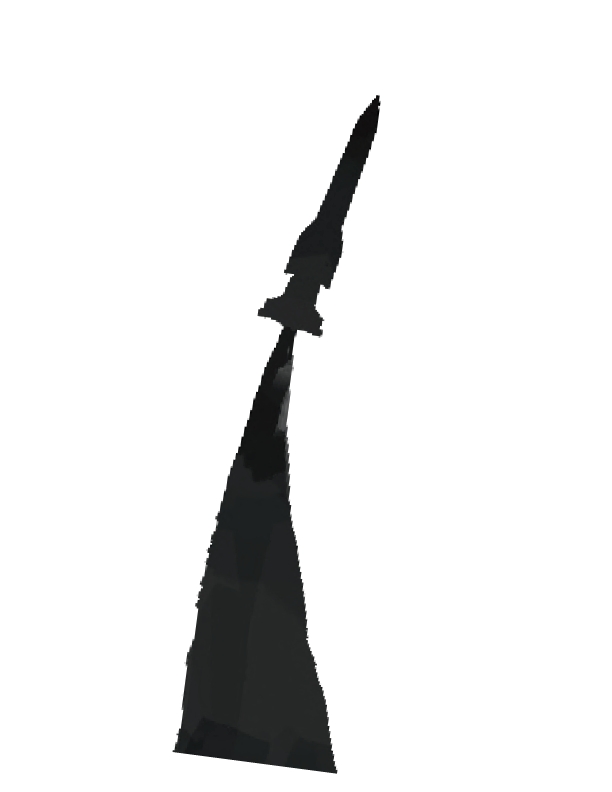How Warfare is Changing
The invasion of Ukraine has enabled a new era of tactics, strategy, and weapons between the major European powers.
April 9, 2023
Russia’s invasion of Ukraine is considered to be a “conventional war” in every way, shape, and form. Columns of tanks, armored vehicles, artillery batteries and of course infantry, decide the course of the battles playing out in the war in Ukraine. Many military strategists believed that Russia, supposedly possessing the world’s second best conventional military, would steamroll their much smaller neighbor within a matter of days, if not weeks.
Of course, as of the writing of this article, that has not happened. Roughly one year on, Russia has not only failed to defeat Ukraine, but is suffering massive losses of both men and material. This has left many asking, how has Russia, supposedly the world’s second best military power, failed to achieve a conventional victory against Ukraine?
It is very well known that during the Cold War, the United States and the Soviet Union spent years preparing for a war against each other that never happened, at least in a military sense. During this time period, both sides not only developed the largest weapons buildup known to the human race, but also crafted their own (and much different) military doctrines that still heavily influence their militaries today. These military doctrines not only dictated the operational conduct of both sides’ militaries, but was also heavily reflected in the weapons being developed and produced for the war that would never end up happening.
Many western weapons seen in Ukraine today, with some very notable exceptions, are products of the latest years of the cold war. A very famous example of one of these weapons includes the FGM-148 Javelin Advanced Anti-Tank Weapons System, or Javelin for short. According to the U.S. Army Aviation and Missile Life Cycle Management Command (AMCOM), the process of designing a missile that could prove “highly lethal against tanks with conventional and reactive armor” began in December of 1983, before being entered into full production in 1995. Micheal Smiyun, an immigrant from Ukraine commented that “without the supply of Western or American or NATO weapons Ukraine would have perished a long time ago.”
As many Western weapons developed in the latest years of the Cold War have made their way to Ukraine, the same can also be said about Russian weapons systems. Tanks such as the T-80, which are confirmed to be operating in Ukraine, represent one of the last tanks developed and manufactured in the Soviet Union.
According to the Russian Ministry of Defense’s website, the T-80 tanks are “to be employed by mechanized infantry and tank units for improving their fire power.” This emphasis on firepower, while not being new, reflects a key cornerstone of Russia’s military doctrine. According to a 1984 United States Army field manual titled The Soviet Army – Operations and Tactics, “classic Russian military principles” include “maneuver first with firepower. Firepower is maneuver.”
It can be argued that the war in Ukraine, while not being a war that directly involves U.S. military personnel, is the type of battlefield situation which both sides spent the entire cold war preparing to fight.
This belief, while not being known or held by most people, demonstrates the lethality of Western weapons systems and doctrines against a classic Russian enemy. Ukraine, though not possessing the numerical advantage that benefits Russia, is perfectly capable of repelling Russian attacks so long as it is supplied with Western weapons systems.
As the horrendous reports of wartime casualties and violence continue to find their way out of Ukraine, we can only hope that the violence will come to an end soon.




































